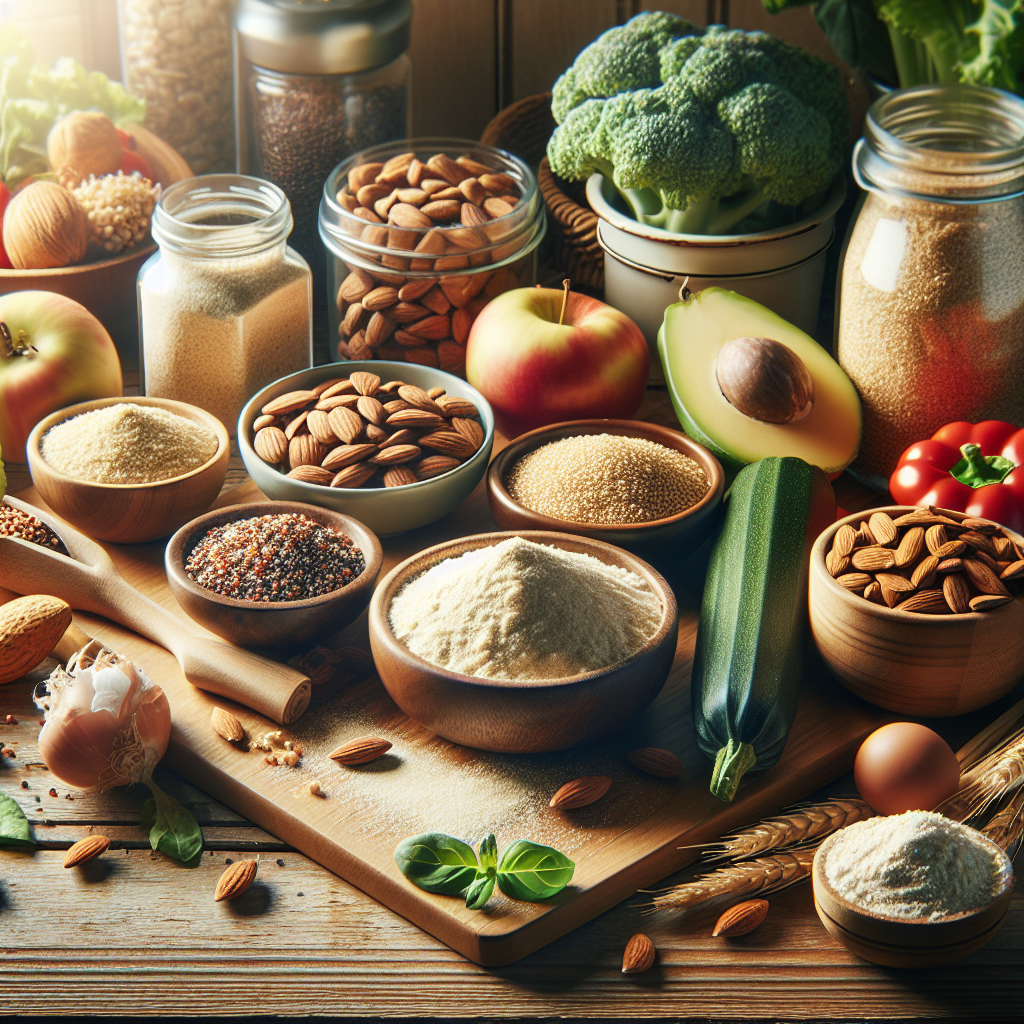Here are some common ingredient substitutions for gluten-free cooking:
1. Flour: One of the most commonly used ingredients in cooking and baking, flour can easily be substituted with gluten-free alternatives such as almond flour, coconut flour, rice flour, or a gluten-free flour blend. These alternatives can be used in a variety of recipes, including bread, cakes, and cookies.
2. Breadcrumbs: Breadcrumbs are often used as a coating or binder in recipes, but they can easily be replaced with gluten-free breadcrumbs, crushed cornflakes, crushed rice cakes, or ground nuts such as almonds or cashews.
3. Pasta: While traditional pasta is made from wheat flour, there are now several gluten-free pasta options available on the market, including noodles made from rice, corn, quinoa, or chickpeas. These alternatives can be cooked and served just like regular pasta, making them a convenient substitution for gluten-free meals.
4. Soy sauce: Traditional soy sauce contains wheat, which makes it unsuitable for those following a gluten-free diet. However, there are now gluten-free soy sauce alternatives available made with tamari or coconut aminos. These substitutes have a similar flavor profile to traditional soy sauce and can be used in the same way in recipes.
5. Thickeners: Flour is often used as a thickening agent in sauces, gravies, and soups, but there are several gluten-free alternatives that can be used instead. Cornstarch, arrowroot powder, tapioca starch, or potato starch are all suitable substitutes for flour and can help to thicken dishes without compromising on taste or texture.
6. Oats: While oats are naturally gluten-free, they are often contaminated with gluten during processing. To ensure that your oats are safe for those following a gluten-free diet, look for certified gluten-free oats or oat products. These alternatives can be used in recipes such as oatmeal, granola bars, and cookies.
Overall, there are many ingredient substitutions available for gluten-free cooking that can help you create delicious and satisfying meals without the gluten. By experimenting with different alternatives and being mindful of potential sources of gluten in your ingredients, you can easily adapt your favorite recipes to suit a gluten-free diet. With a little creativity and flexibility, you can enjoy a wide variety of gluten-free dishes that are both nutritious and flavorful.

